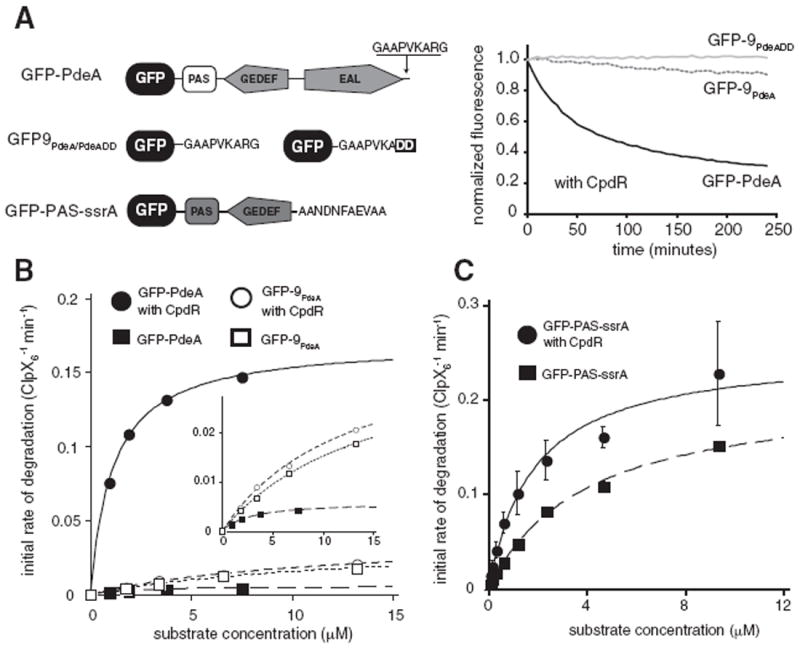Figure 2. Degradation of PdeA Couples a Naturally Weak C-Terminal Degron with a Distal Tethering Domain.

(A) A GFP reporter fusion containing only the C-terminal residues of PdeA (GFP-9PdeA) is degraded more slowly than the full-length PdeA (GFP-PdeA), but is degraded faster than GFP-9PdeADD, which contains a carboxyl-terminal Asp-Asp. Representative curves are of 1 μM substrates in the presence of 2.5 μM CpdR using standard conditions.
(B) Degradation of full-length PdeA without CpdR is inefficient but is substantially enhanced in the presence of CpdR while GFP-9PdeA degradation is unaffected by CpdR. Inset highlights the more slowly degraded substrates.
(C) CpdR can preferentially improve the KM of a readily degraded substrate. PdeA constructs containing a strong recognition tag (GFP-PAS-ssrA) show an increase in KM upon addition of CpdR, with little change in vmax relative to the degradation of this substrate in the absence of CpdR. Replacing the ssrA tag with a weaker tag also shows an improvement of KM in the presence of CpdR (Figure S2). In B and C, lines are fits to the Michaelis-Menten equation; parameters are shown in Table 1.
